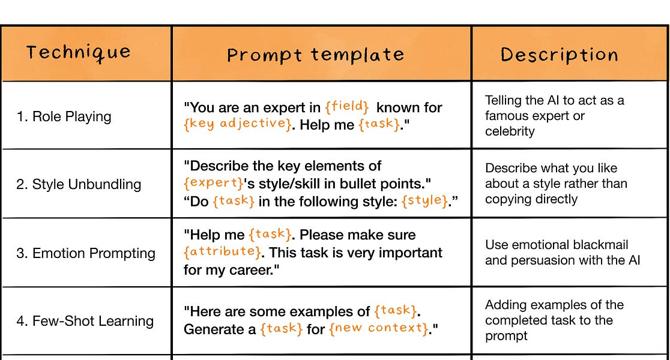Lenny's Newsletter
8M
203

Image Credit: Lenny's Newsletter
Five proven prompt engineering techniques (and a few more-advanced tactics)
- Prompt engineering is the art of crafting instructions for large language models (LLMs) to generate the exact output you want.
- Crafting good prompts is crucial to leveraging AI (as opposed to using it as a novelty tool) and requires a nuanced approach and some experimentation.
- Role-playing prompts instruct LLMs to assume the perspective and style of a particular expert, celebrity, or character.
- Style unbundling involves breaking down the distinguishing elements of a person's style or skill set and prompting the AI to create new content that adheres to those elements.
- Emotion prompting entails adding emotional stakes to your request, which can result in more thoughtful, empathetic responses from the AI.
- Few-shot learning involves providing LLMs with a few examples of a task before asking it to perform a similar task.
- Synthetic bootstrap generates multiple examples based on inputs that can be used to bootstrap the learning process for subsequent prompts.
- Advanced tactics involve breaking tasks into multiple steps or employing an AI monitoring system to correct AI errors.
- Prompt engineering requires giving direction to an LLM so that it generates the exact content required for a task.
- By using role-playing, style unbundling, emotion prompting, few-shot learning, and synthetic bootstrap, AI users can achieve more accurate and relevant results.
Read Full Article
11 Likes
For uninterrupted reading, download the app